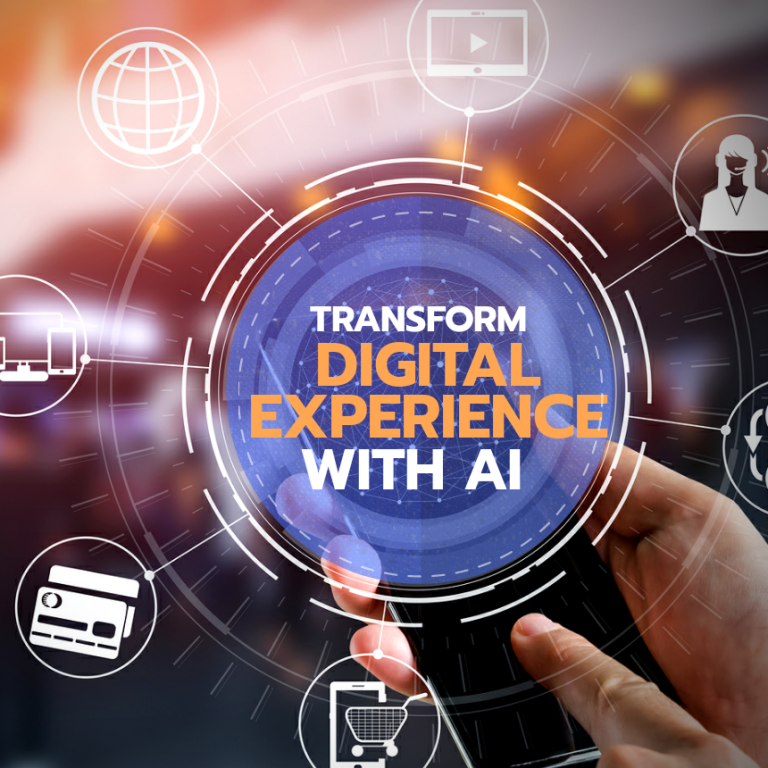
Hello there!
In this article, we will be looking into the power of AI with augmented reality, in transforming digital experiences. Artificial intelligence has powered augmented reality to transform digital experiences for all the users. Spatial computing and technologies like augmented reality have been powered by artificial intelligence, to move the boundaries of the digital world beyond screens. This will help move the boundaries of the digital world into a multisensory 3D world.
Digital Experience
Spatial computing utilizes the space which surrounds the physical world in the medium for digital experiences. This has helped to bridge the physical and digital worlds, opening up a new realm for creators and marketers to explore and experiment. Add to that the ongoing proliferation of voice interfaces, and it is clear to see that consumers are demanding more experiences that provide information in clever ways and stir emotions. Voice and immersive media can seamlessly permeate the environment around us and fulfil that demand with fresh, personal, and meaningful experiences.
Augmented reality provides retail environments that people can interact digitally with physical objects. For example, companies are already experimenting with using AR to give consumers. With tools such as x-ray vision to see internal construction or details of products, such as size and colours available in stock. Augmented reality also promises to impact the future of work, with more remote meetings in which on-site staff that can collaborate creatively with colleagues virtually.
Related: Use ONPASSIVE AI To Achieve Your Business Goals
Enabling AR With AI
You can create Augmented reality experiences that look and feel convincing especially for rendering, lighting, materials, and objects which behave according to real-world rules. Using Artificial Intelligence and machine learning, 3D design tools are also capable of handling time-consuming tasks such as creating photorealistic results that previously required costly photoshoots or hours of creative work.
On the flip side, AI and machine learning are capable of helping businesses experience and learn from every customer interaction, to continually become better at delivering the right offer. By using computer vision and neural networks, Augmented reality can help to lower barriers to online purchases, that lets customers virtually try on clothes and experiment with make-up colours. AI-powered tools for a spatial design that makes it easier to bring stories to life around us. You can make creatives that work at the forefront of AR which offers a hint of the limitless possibilities.
Bridging The Physical And Digital Worlds
With AI-powered AR, there have been many features that have been implemented such as object recognition and tracking, gestural input, eye tracking, and voice commands can combine to let users engage with 2D and 3D objects in virtual space with hands, eyes, and words.
Related: ONPASSIVE – The Most Intelligent Way To Manage Your Business
Conclusion:
In conclusion, AI-powered augmented reality has helped to transform digital experiences for industries and users throughout the world. Visual artists have gained a new medium for expression, brands, and consumers to gain a new way to interact, and colleagues gain a new way to communicate. While many of the applications of AR have yet to be discovered, below we look at four ways artists, designers, and brands are using AR to make experiences more expressive, informative, interactive, and collaborative.
We hope you found this article informative in understanding just how artificial intelligence has powered augmented reality, in transforming digital experiences. We wish you the best of luck in implementing augmented reality in defining digital experiences.
Thanks for reading!
Related: ONPASSIVE – Drive Higher Revenue, Perform Better SEO, and Apply Insights


